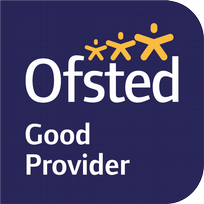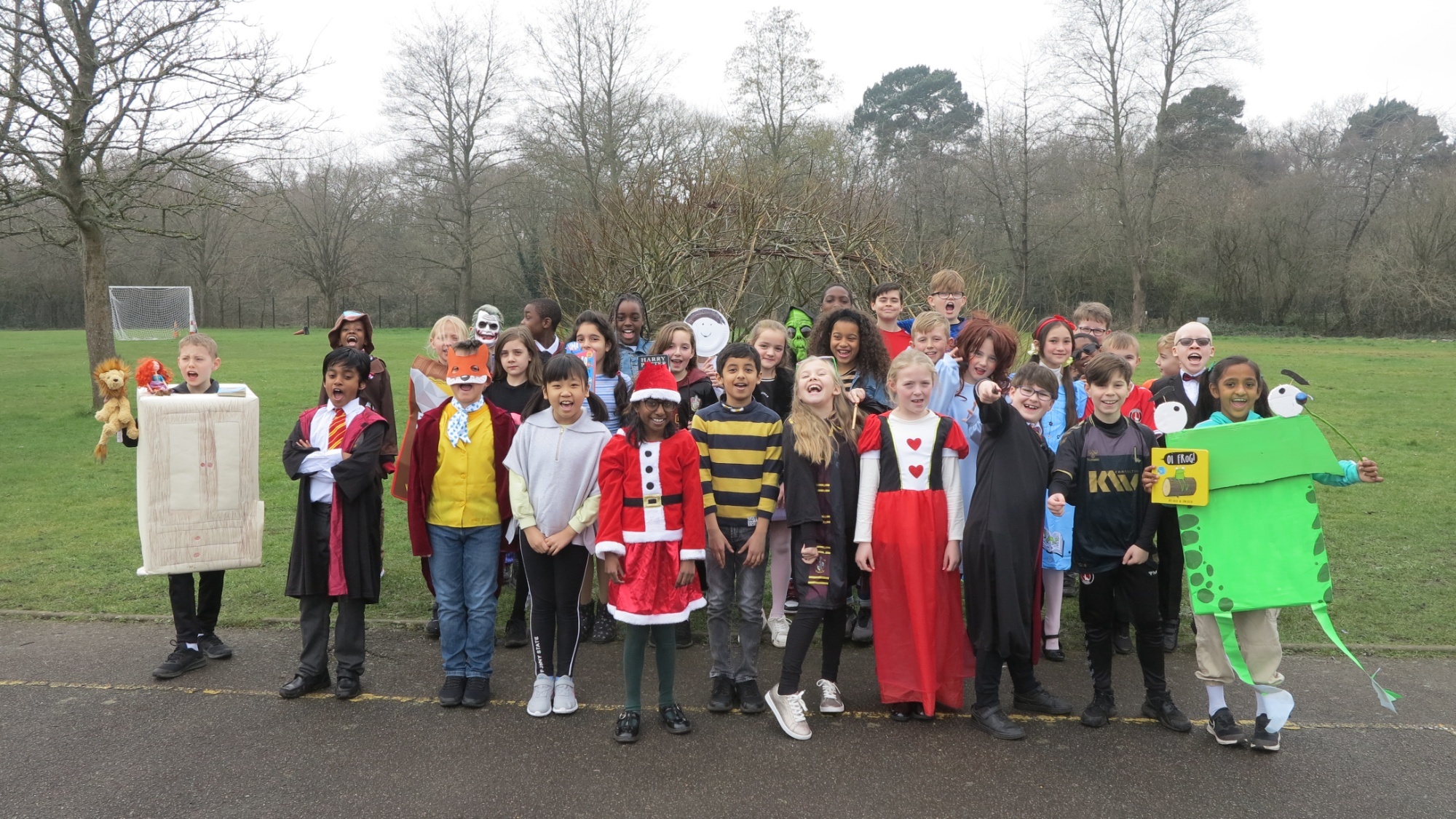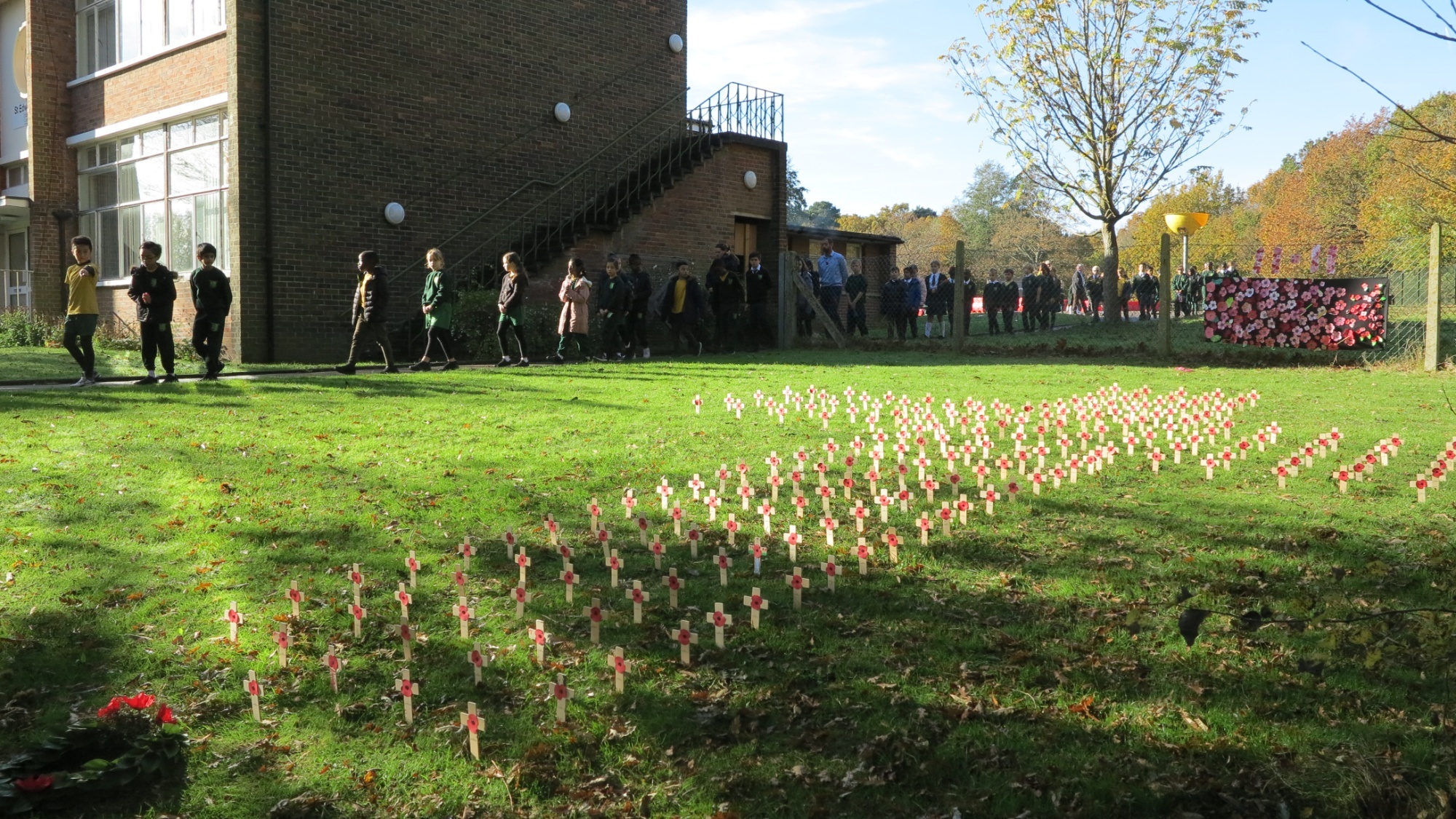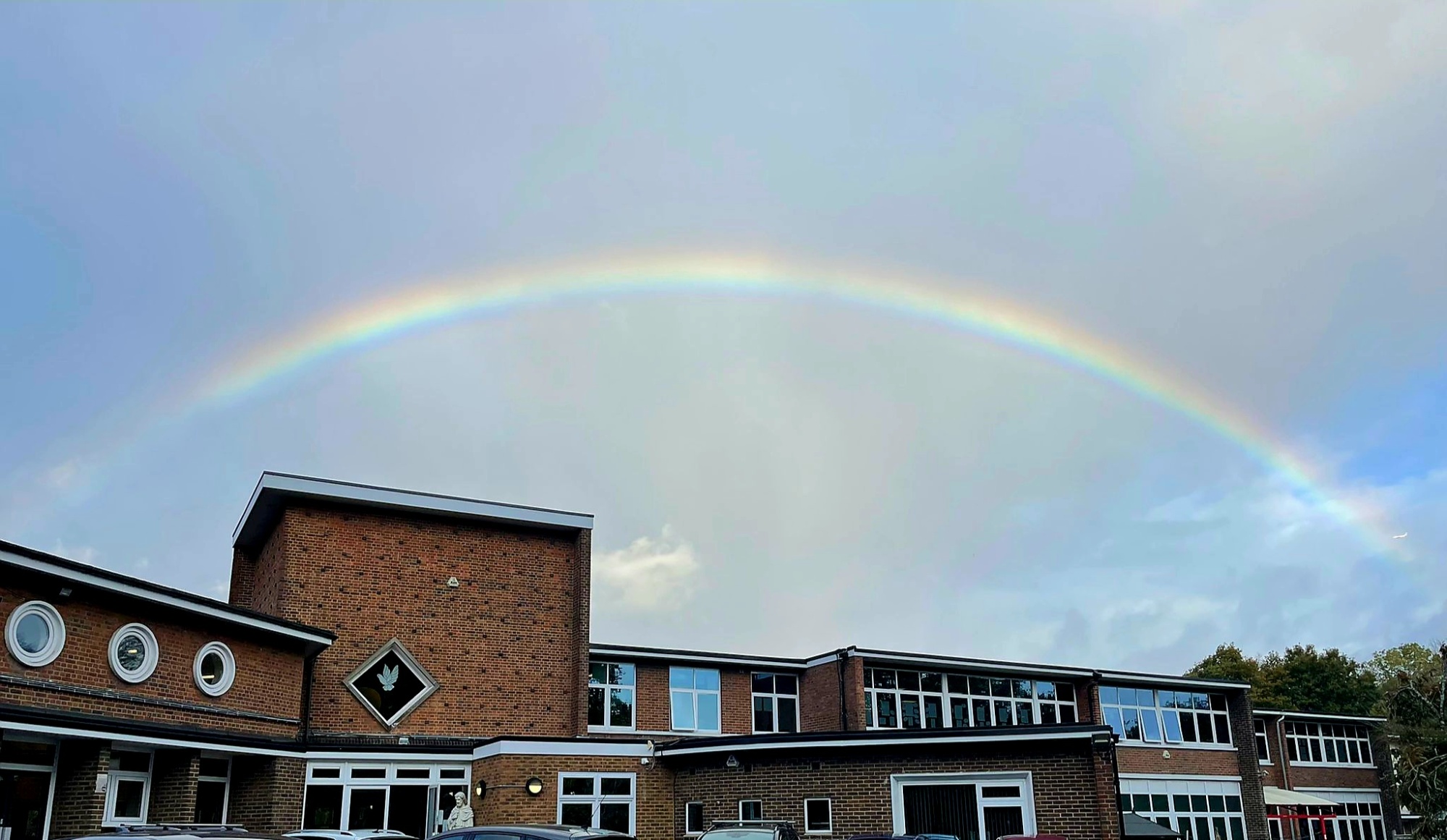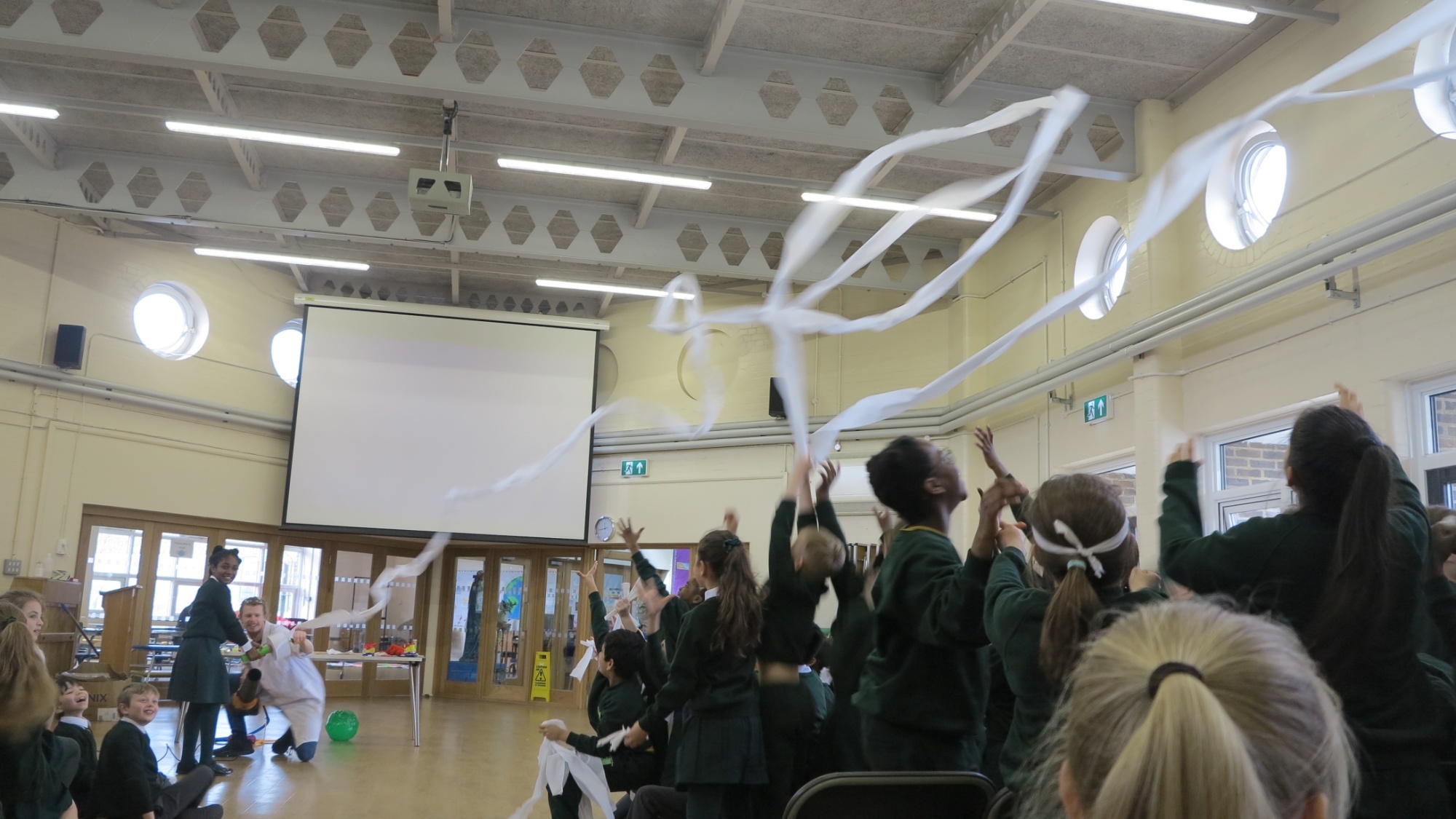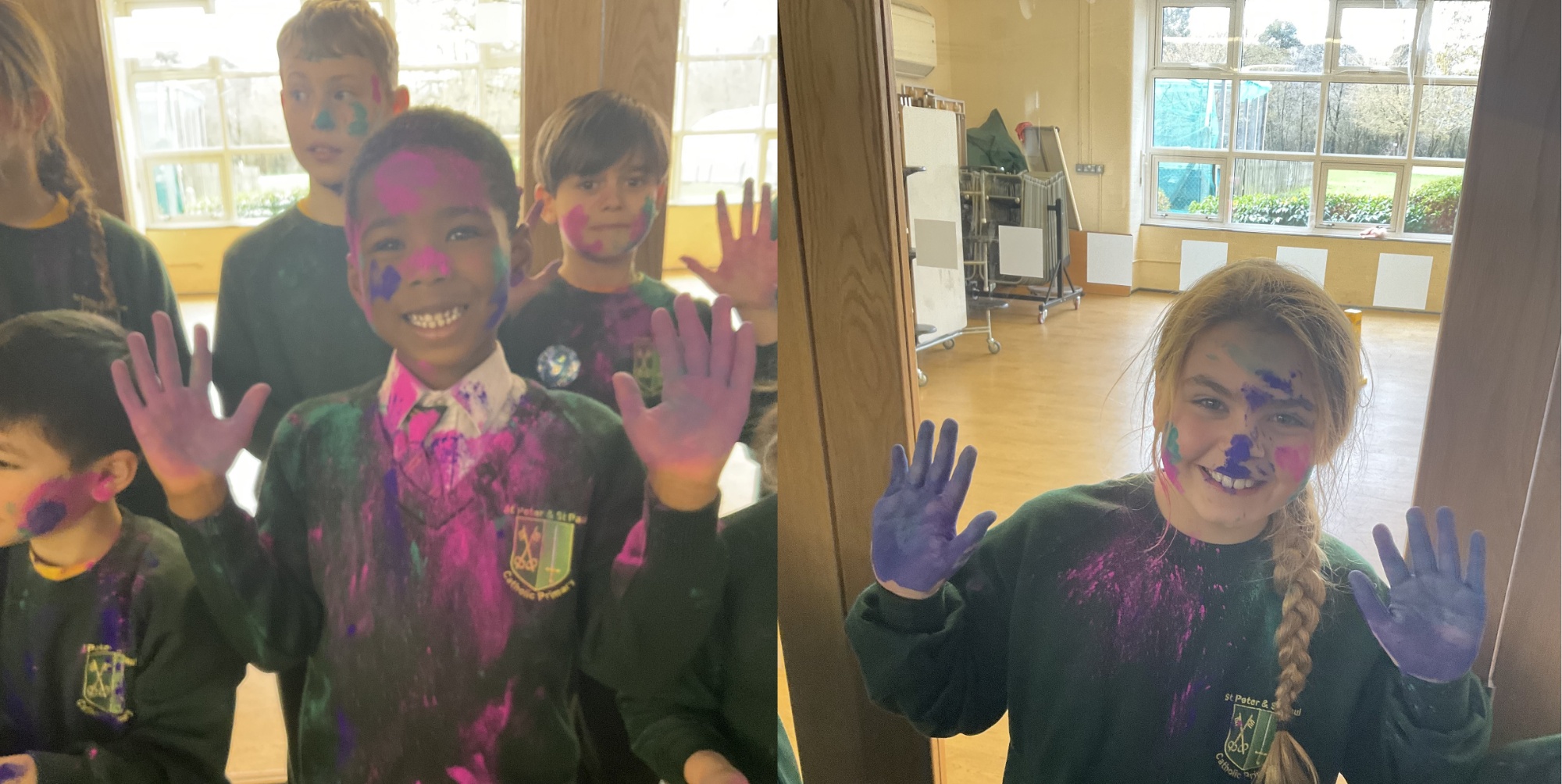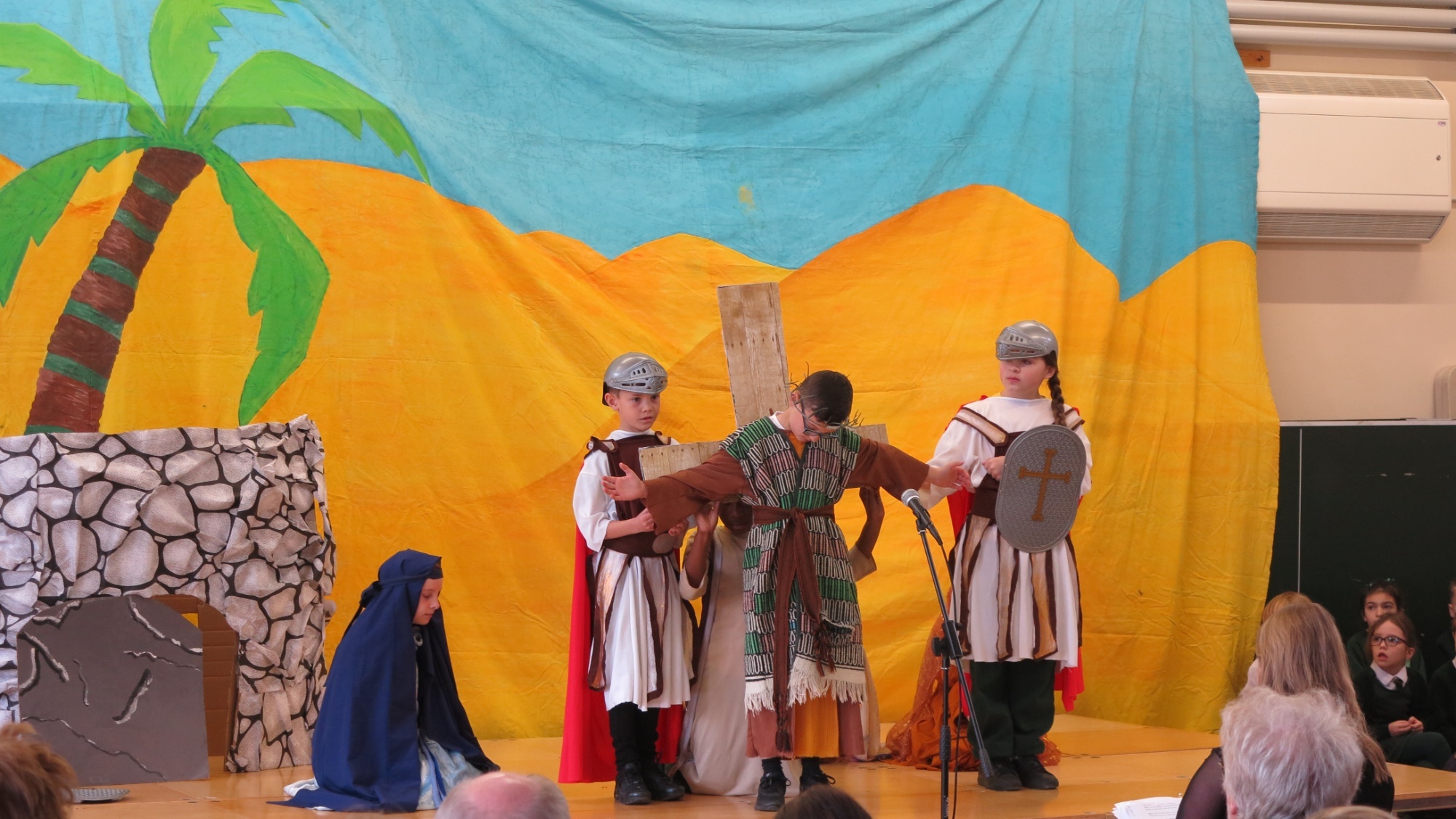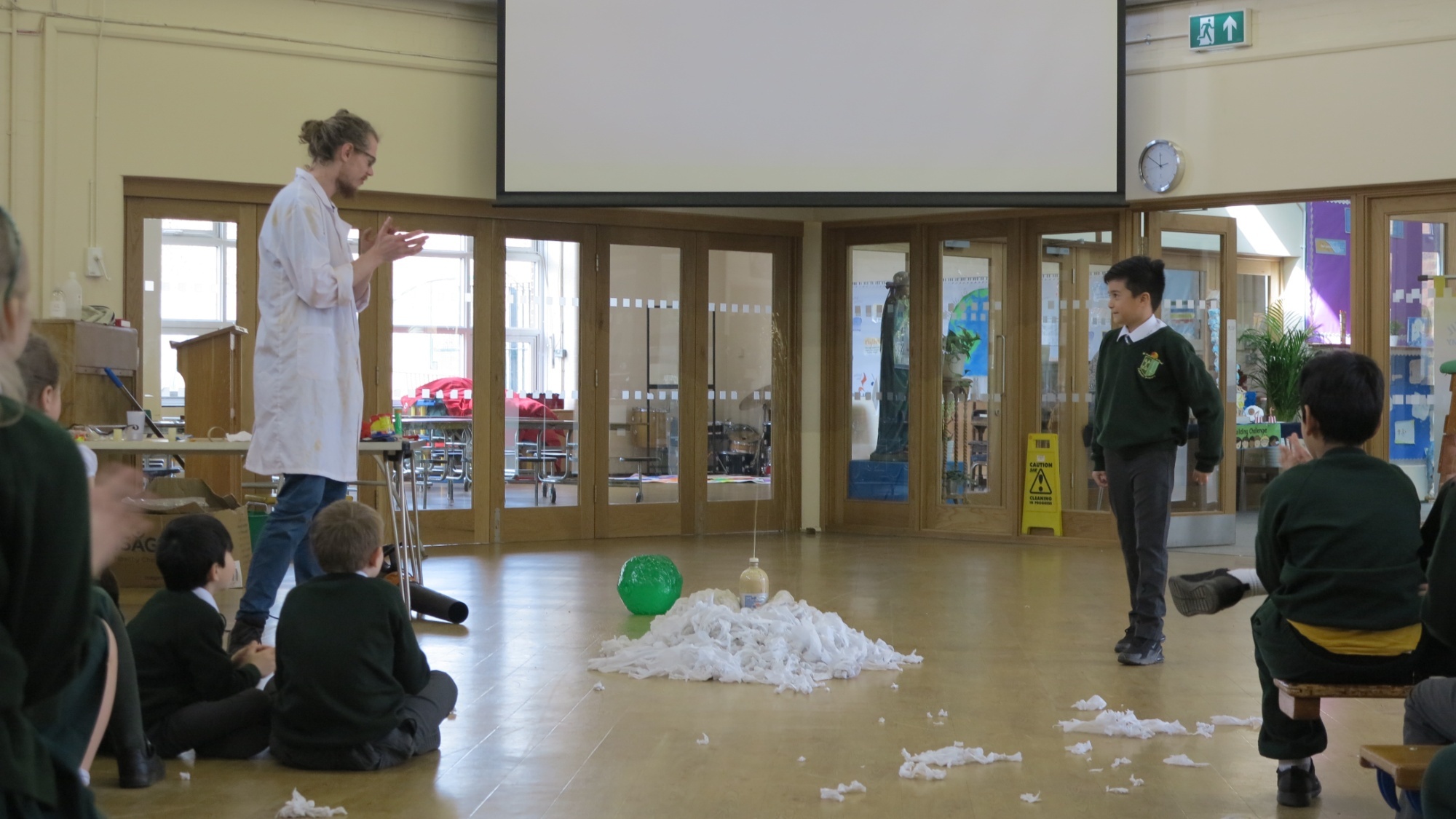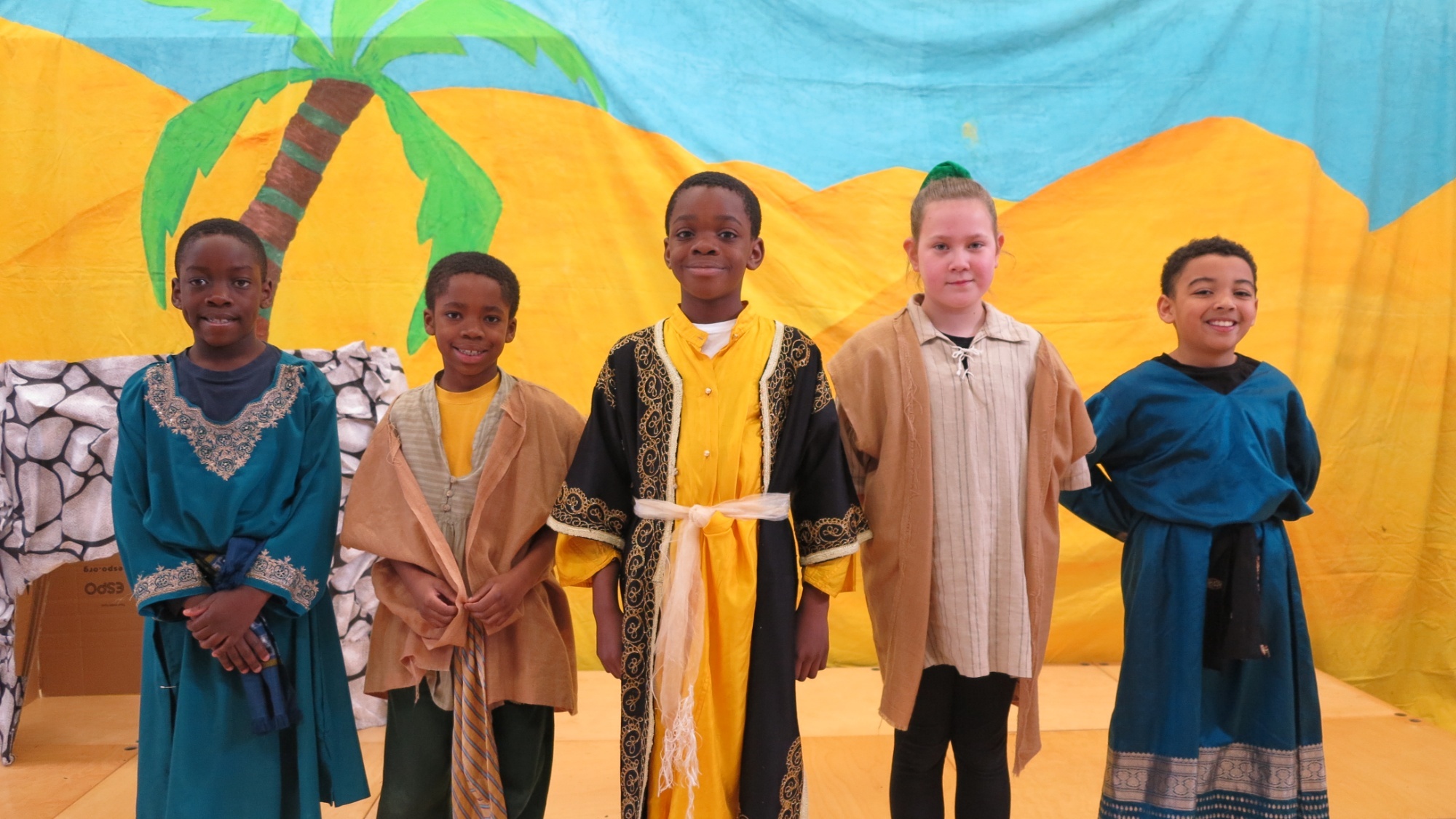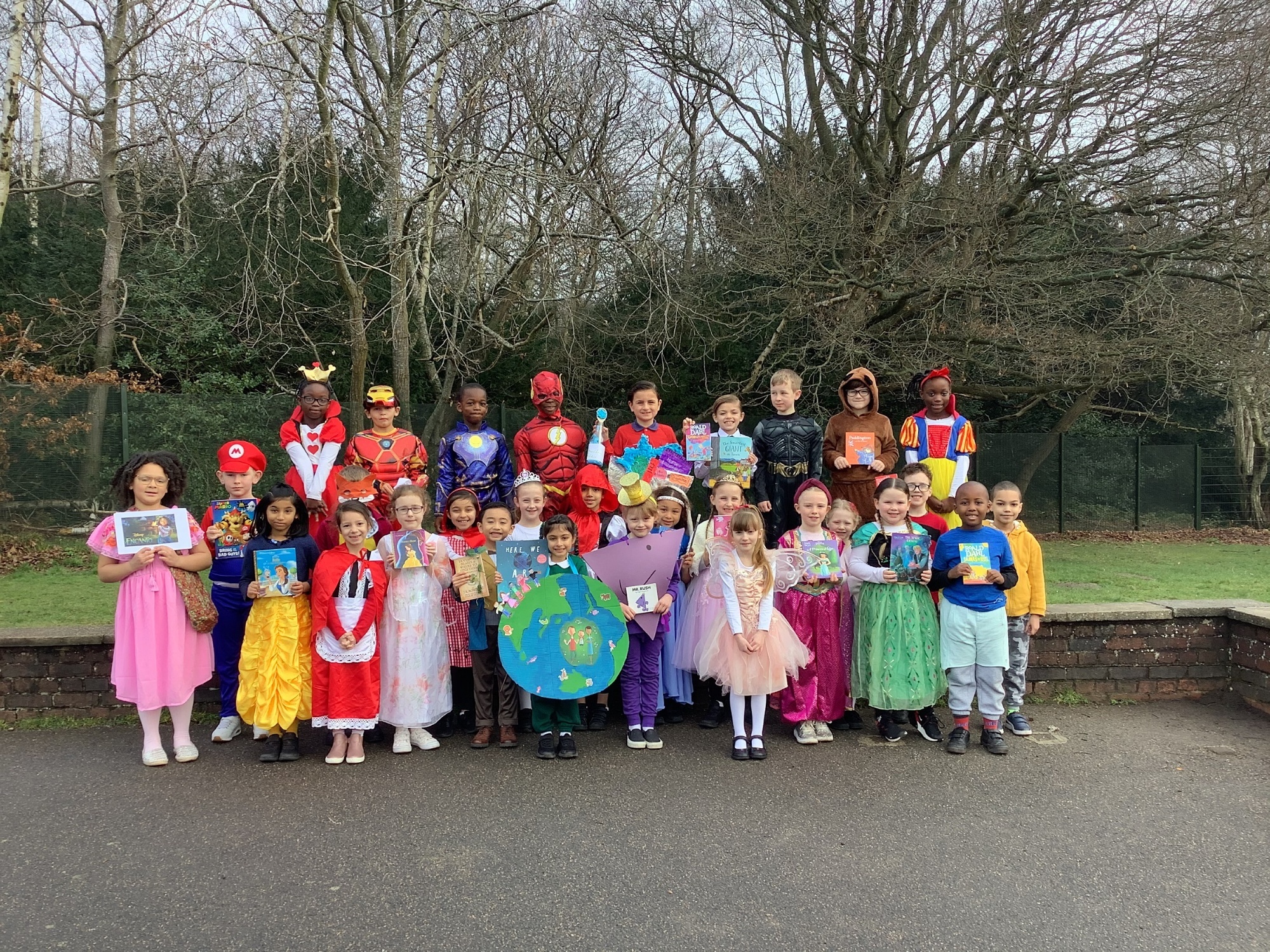|
Now it’s time to take a break. Wash your hands, have a piece of fruit for a snack and rest or play before coming back for the rest of the mornings lessons.
We would usually have our spelling test now.
Before the Christmas holidays I gave you the list of the Common exception words again to carry on learning. (on the website) How are you getting on with reading and spelling them? Do you think you can beat your score from when I tested you last term? Have a go at spelling as many as you can now. There are 64 altogether. Do you think you’ll be able to spell them all before the end of Year 2?
And don't forget to start practising this weeks words ready for next Monday! You can complete the word search and handwriting activity this afternoon, to help you!
English – L.O - To start to explore how to create a noun phrase using specific adjectives
Something strange has happened Year 2! During the Christmas holidays something has been in our classroom. When I looked inside our classroom I was amazed to see lots of different sized footprints all over the floor. I’ve made a quick sketch of all of them for you to see! Then I found some information online that helped me to identify what type of animal the footprints belong to. Have a look.
I can see that we have been visited by a panda, an elephant, an orangutan and a polar bear but I’m struggling to identify one set of footprints!
Can you describe what animal could have footprints that look like this,
e.g, If it has webbed feet, then it might be a type of bird.
If the footprints are large, then it might be a large creature.
Children choose from the adjectives on the sheet.
|
furry
|
rough
|
bulky
|
dangerous
|
|
feathered
|
smooth
|
tall
|
timid
|
|
scaly
|
lumpy
|
wide
|
bold
|
| |
|
|
|
They pick the most relevant for the animal that they think is missing, e.g.furry, feathered. Children use adjectives from the chart to write noun phrases.
E.g
The footprint is wide so it might be a dangerous animal.
The creature has thin toes so it might be a feathered bird.
Can you write 6 different sentences to help me identify the mystery animal?
Identify that some animals have an ‘an’ in front and some have a ‘a’.
Why is this? Sort them. What is the rule?
The Journey Home by Frann Preston-Gannon
As you’re learning at home this week, we can’t start our new class novel together at school. So, use this time to read one of your online books for 10 minutes.
|
Now it’s time to take a break. Wash your hands, have some lunch and a big glass of water and rest or play before coming back for the afternoon.
Good afternoon Year 2. Are you ready for the rest of our lessons today?
Before the Christmas holidays I gave you the 2 times table to start learning. (on the website) Every week from now on we will be having a times table test to see how you’re getting on with learning them. For the next few weeks we will be concentrating on just the 2 times table, before introducing other times tables.
Follow this link to practice with Bridget the lioness.
https://www.bbc.co.uk/teach/supermovers/ks1-maths-the-2-times-table-with-bridget-the-lioness/zrrx92p
|
Science.
We are starting another exciting new topic. This term we are learning about living things and their habitats.
To begin our topic I would like you to watch the lesson presentation attached and then see how you get on with todays activity. Using the Living or Non-Living Sorting Cards, can you sort a card into the appropriate set by considering if the item does or does not demonstrate life processes. Now give reasons for your choices.
Dead or Never Alive? Now using the Dead or Never Alive Sorting Cards, can you sort the cards into the appropriate set by considering the origin of the item.Remember to give reasons for your choices.
|
|
Well Done! You’ve completed your first day of Home Learning. So now, put away your pencil case and any books you’ve read today and say thank you to your grown ups who have helped you with your lessons today.
|
|
|
.jpeg)

